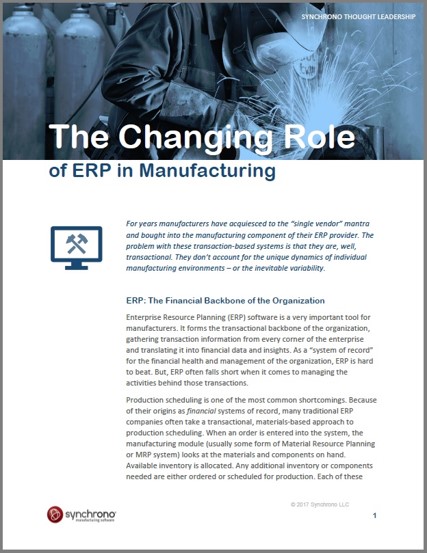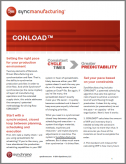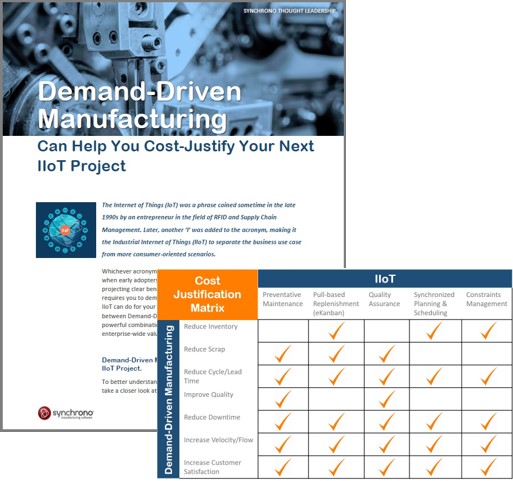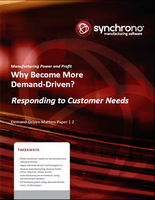Thought Leadership: The Changing Role of ERP in Manufacturing
ERP is a great system of record for managing transactions – and the financial health and management of the organization – but often falls short when managing the activities behind those transactions. Production scheduling is one of the most common shortcomings. This paper reviews the evolution of production planning, scheduling and execution “tools” and why more manufacturers are abandoning spreadsheets, MRP and other software – and turning towards a planning system of record that sits on top of their ERP to manage manufacturing operations and the extended supply chain.






